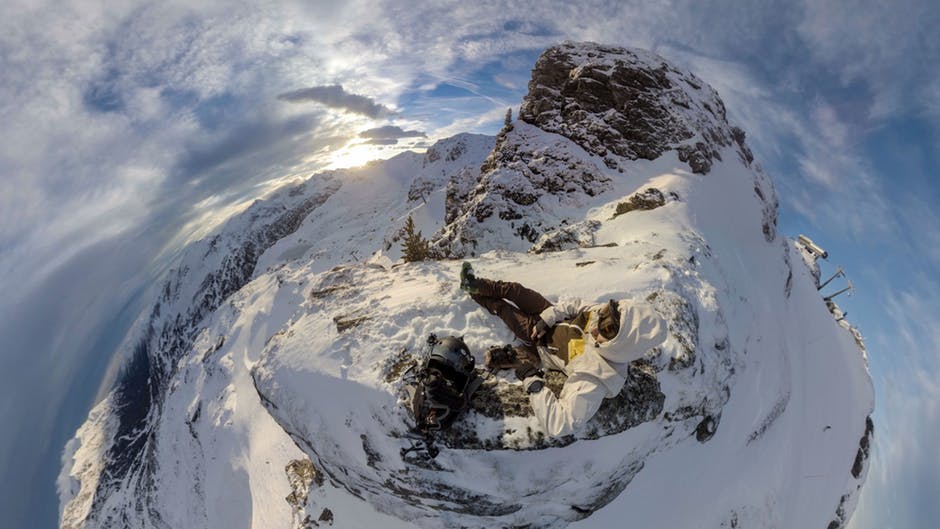Tips on how to survive in extreme cold and snow

One of the most important things in survival is to know your limitations and be aware that sometimes it’s not what you want to do, but what you can that’s important. Surviving the extreme cold is mostly about keeping your body temperature up. Being stuck in the snow in some great outdoor wilderness is not a pleasant thing, but with the right preparation and skills, you can increase your chances of survival.
Don’t just hit the trail without being sure that you are ready to face a big snow adventure. When you realize that you are out there alone and lost in the severe cold one of the basic things you should do is stay calm and not panic.

Keep warm
You need to keep your body warm and avoid hypothermia because it’s the most dangerous threat to your survival. Priority number one is to try to keep your body temperature up. Be sure to put on all your extra clothes and create layers. Try to keep the clothes as dry as possible and wear a few pairs of socks. Wear many layers of clothes, but you still need to be able to move comfortably.
Start a fire
Fire in the snow sounds like an oxymoron. It’s difficult, of course, but not impossible. Try to find a relatively dry area to construct your fire. Gather all the dry twigs, sticks and branches of varying sizes that you can find around. Make a teepee construction with the twigs and place a bigger stick in the middle. If you have a lighter use it to ignite the twigs, if not use glasses or camera lenses. Concentrate the sun’s rays on the twigs until sparks come out and then blow into them.
Build a snow cave

Finding a cave that is not already occupied by bears could be the perfect shelter for you. If not, it’s time to learn how to make one. You start by digging a hole in the snow and getting rid of the snow downhill. Dig upward to make a sleeping area and with a stick create ventilation holes in the roof and the door.
Finding water
You can melt freshwater ice and snow for water. You need to melt the snow completely before putting into your mouth. Don’t melt snow or ice in your mouth because it takes away the body’s heat. Put snow in a plastic bag and place it between the layers of clothing, it will melt while you’re walking.
Finding food
The best way to survive long term while stuck in the snow is to trap your food. With a few strong branches and a big stone, you can make a simple but effective trap. If you don’t have any rope, tear some parts of your clothes.
Predators

Bears are hibernating during the winter so is not very likely that you’ll run into one. Wolves will only attack if you get too close and they feel threatened. So be careful!
Rescue
Before going on a trip always let someone know where you are heading. To be found easy it’s better not to change locations that much. If the rescue team doesn’t show up within a week, it might then be best to move on.
No matter where you get lost, try to go well prepared and don’t panic. Read lots of wilderness survival tips and stay safe. Good luck!
If you have any comments then please drop us a message on our Outdoor Revival Facebook page
If you have a good story to tell or blog let us know about it on our FB page, we’re also happy for article or review submissions, we’d love to hear from you.
We live in a beautiful world, get out there and enjoy it. Outdoor Revival – Reconnecting us all with the Outdoors.
